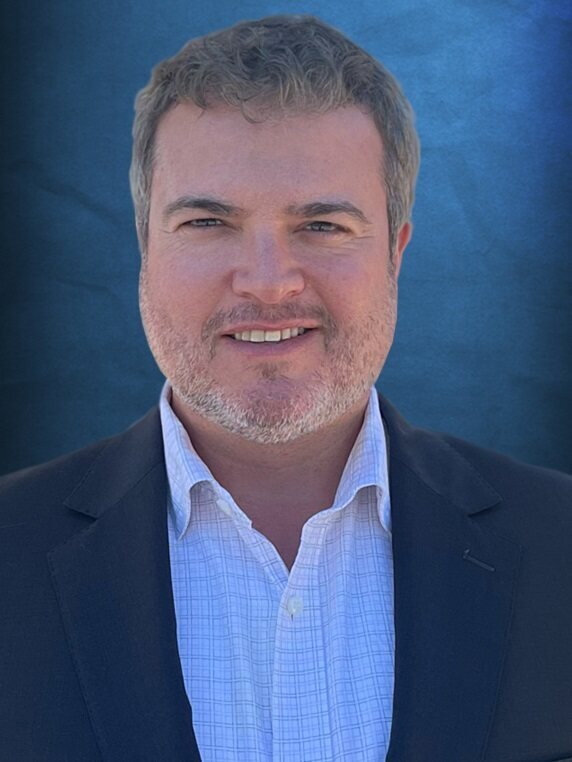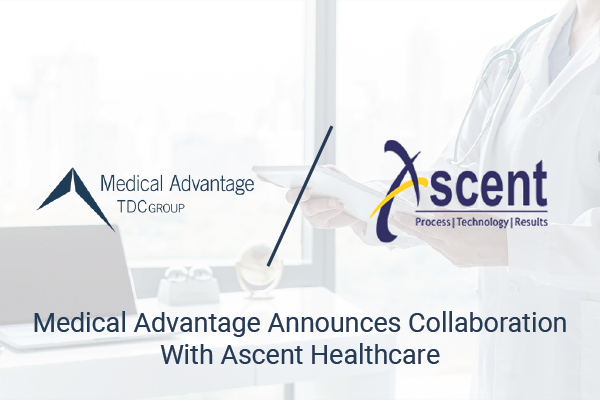With the advent of OpenNotes – a new, federal requirement starting April 5, 2021 mandating practices make patient notes more accessible – many physicians are wondering how best to implement OpenNotes in their practice.
Proper implementation of the new OpenNotes policies will not only help your practice avoid penalties for non-compliance, it will also result in increased patient engagement and an overall improvement in patient outcomes. Medical Advantage’s practice consultants have compiled this 5-step plan that can help your practice both come into compliance and make the most out of OpenNotes.
Step 1 – Educate Stakeholders About Clinical Note Transparency, Regulations for Compliance, and the Benefits of OpenNotes
Communicating the benefits of OpenNotes to stakeholders like your leadership team, your staff, and your patients and their proxies is a great first step to laying the foundation for a successful OpenNotes implementation.
Talk to your staff about the need for transparency and effective communication around notetaking, and how it can improve both patient outcomes and physician-patient relationships. Talk to your patients about what this new system will mean for them, and how it will empower them to be more engaged and informed about their care.
Remind all stakeholders how increased transparency will reduce the chance of erroneous notetaking (and any resulting liability) and keep patients more involved. Improving medication adherence is just one example you can use when discussing how clearer and more accessible notes will be a benefit to all.
Lastly, remind wary staff who might view this update as creating more work that it will likely have the opposite effect – by helping patients be more involved, their care quality will be improved and they will be coming to visits more prepared, potentially “offloading” workload and freeing up work capacity.
Step 2 – Plan What OpenNotes Will Look Like in Your Practice
There’s no getting around it – this stage is often going to be the most important and time-intensive. Remember that no two practices are the same. Take time to develop policies that work for your unique practice, based on your workflow, procedures, and EHR system.
Medical Advantage’s practice consultants recommend working with your EHR vendor or system to get your patient portal aligned with your new policies. This will help you get your procedures, technology and workflow in harmony as soon as possible. Consider if you should make changes to your EHR or optimize it to get ready.
There are several questions to think about when creating an OpenNotes plan. How will you manage your patients’ requests? How will patients (and proxies) access the notes? How will patient requests to change notes be managed? Who on the team will be responsible for educating and enrolling patients – and introducing them to OpenNotes?
All these questions should be addressed prior to implementation. Having that said, don’t worry if it isn’t perfect right out of the gate. You can always adjust and adapt your plan as you go.
Step 3 – Prepare Your Practice and Patients
When preparing your practice for the launch of your OpenNotes policies, remember that raising awareness— both among staff and patients— is the number one way to reduce pushback.
For staff, be proactive about answering questions regarding the need for OpenNotes, and for the broader need for transparency. Take action by posting information in the practice and having team meetings to educate staff.
For patients, use email and portal information and promote the adoption of OpenNotes on social and other channels, and answer any questions they may have about how and when their information can be accessed – and how this increased access will be a benefit to them.
Step 4 – Adapt Your Documentation Style As Needed
One of the biggest worries physicians have about OpenNotes is that they will have to change their writing and documentation style in the notes. But just because patients can now view notes doesn’t necessarily mean you will have to change the way you write. That being said, there are some best practices to consider now that patients will have more access to their notes.
First of all, try to generally be more positive and supportive, and avoid language that could be construed as judgmental or labeling. Also, try to write for a “layman,” and reduce the use of technical jargon—this will increase the overall effectiveness of OpenNotes, as patients will have a better understanding of the information.
Further, try to generally offer a balanced perspective – describe patient’s strength, progress and achievements in a language your patient can understand. This is a great counterbalance to more technical notes.
Step 5 – Learn to handle challenging topics in an OpenNotes Environment
As patients will now be reading their own notes more, it is more important than ever to think carefully about the language used to describe things like abuse, mental health, substance use, driving privileges or suspicions of life-threatening conditions, among many other challenging topics.
Try to keep both the emotional and informational needs of patients in mind when taking notes. Remember that even though these discussions can be difficult, if it’s important enough to put in the note, it’s important enough to talk about.
Have honest and open discussions about these issues with patients where necessary. Ultimately, this will result in building trust. While these conversations are hard, they are worth having. Honesty and transparency always result in better outcomes.
Remember that overall, the result of OpenNotes will be better physician–patient relationships and better outcomes.
Medical Advantage Can Help
Taking advantage of OpenNotes – and an opportunity to increase patient engagement, improve patient outcomes, strengthen patient-physician relationships, and reduce liability from erroneous note-taking – is a big opportunity for any practice, not to mention avoiding penalties for non-compliance.
Medical Advantage’s healthcare consultants are here to assist throughout the launch of your OpenNotes program. For more information, our website offers insights including blogs, our podcast series, and other explainers and resources. Contact one of our consultants today to find out how we can prepare you for this new era of physician notetaking.





